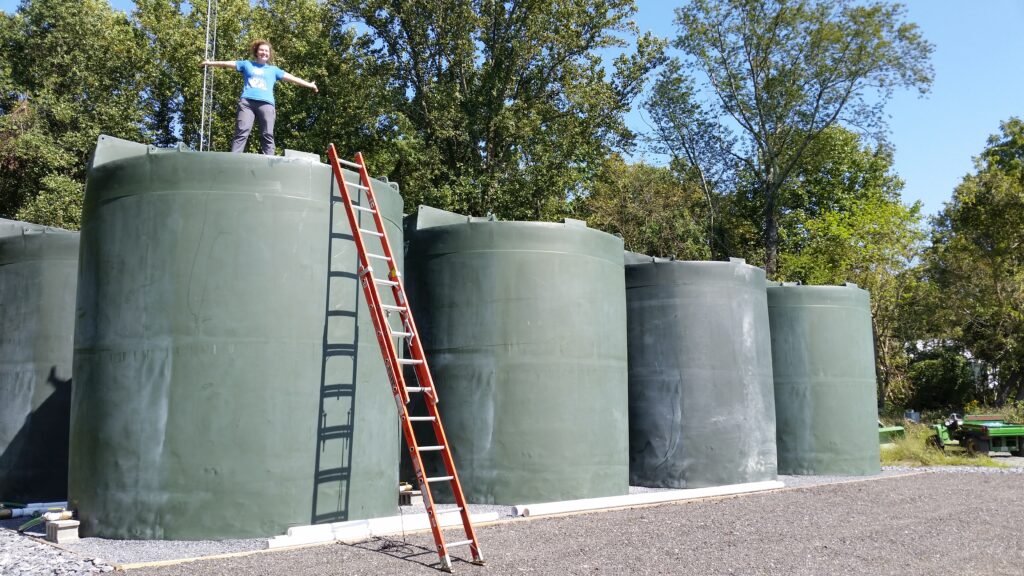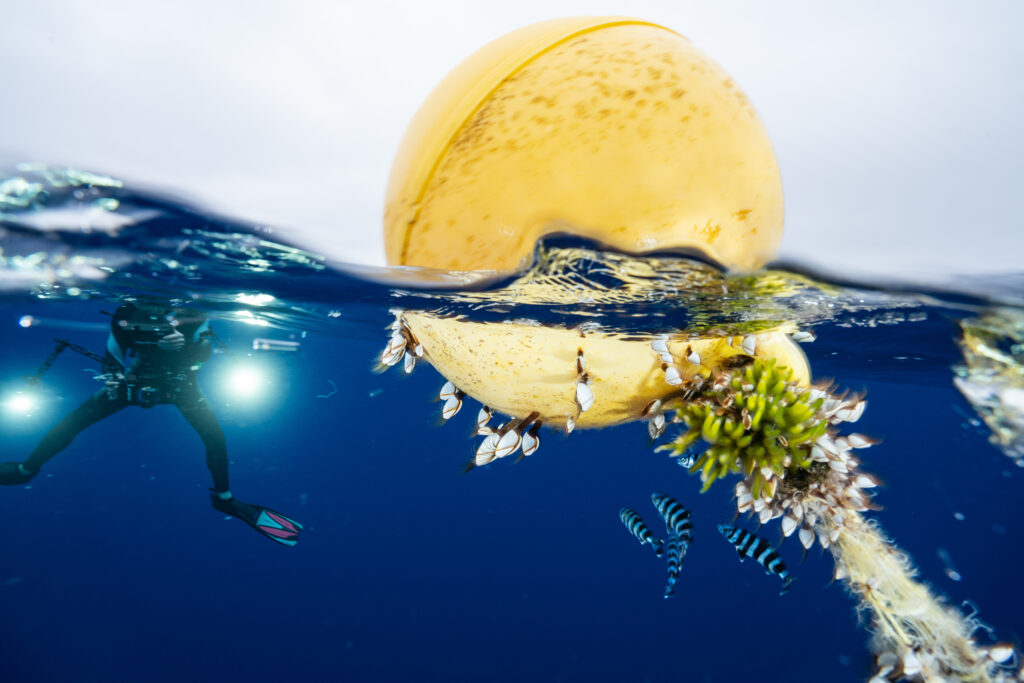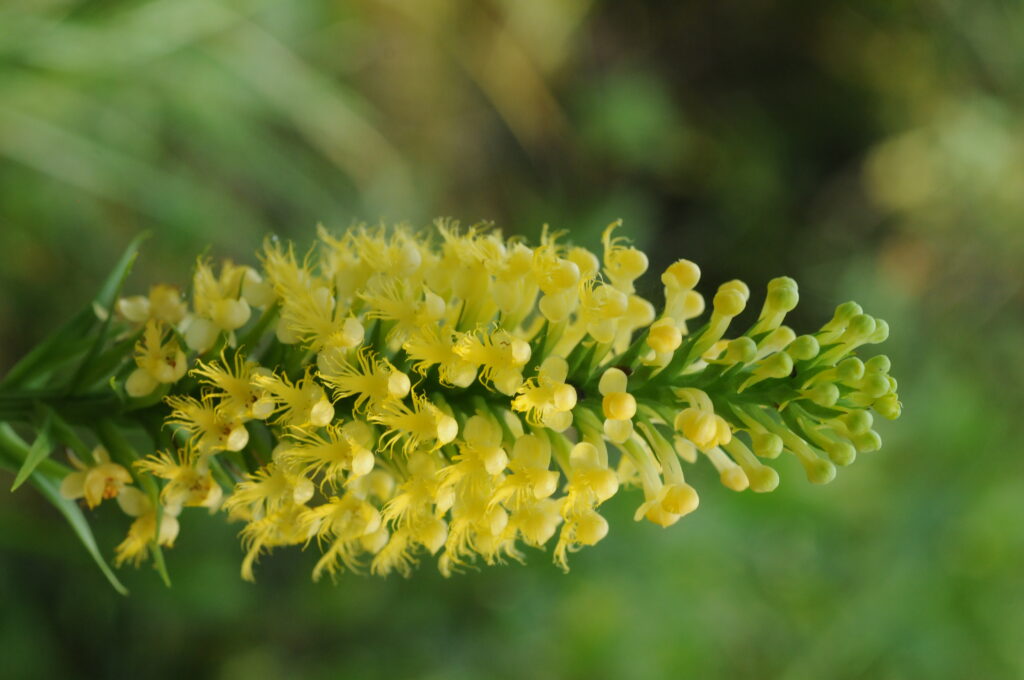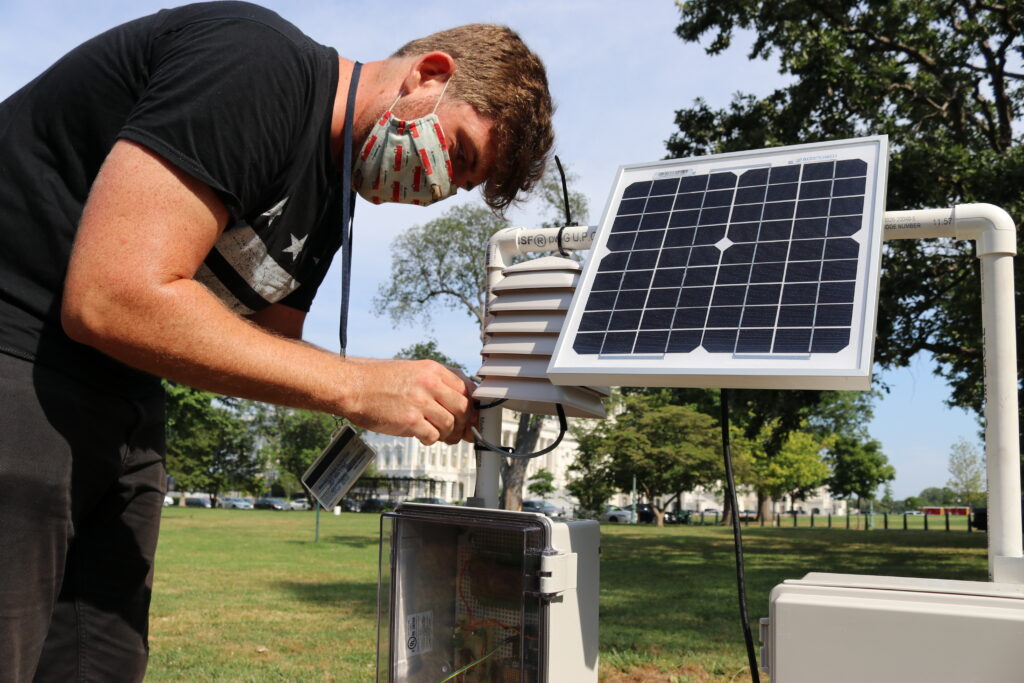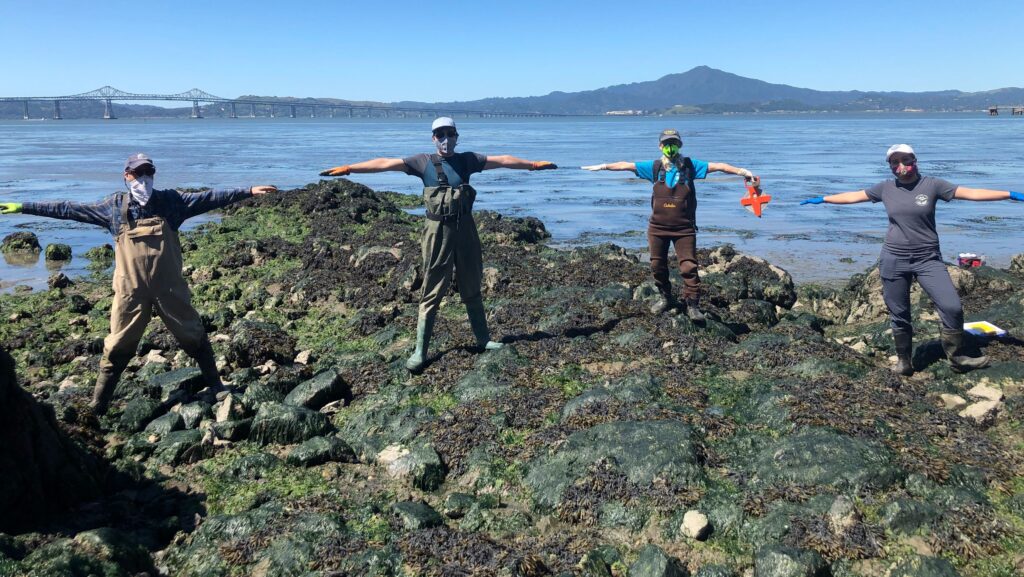by Kristen Minogue
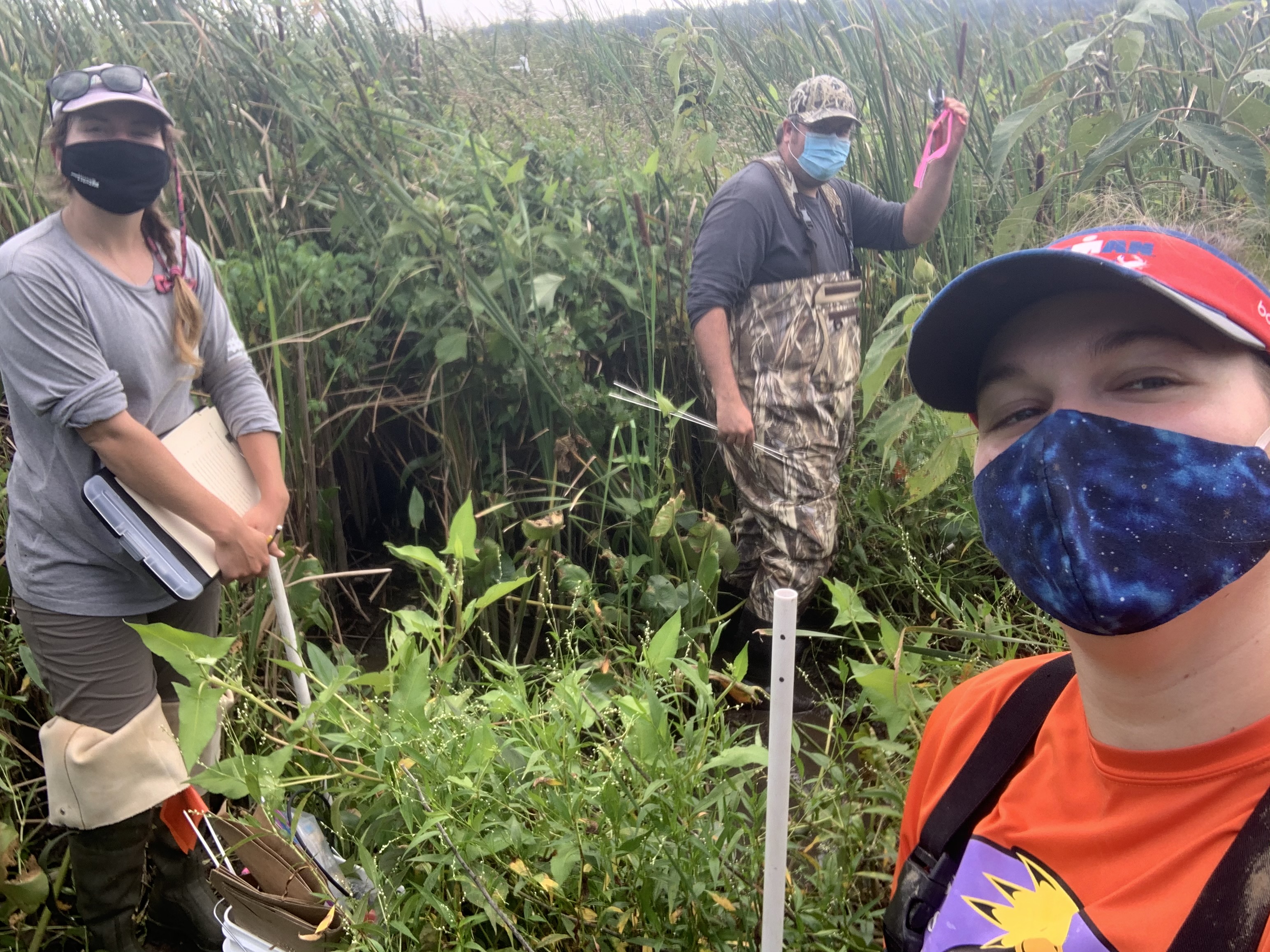
Erika Koontz (right) pauses for a selfie with Shelby Cross (left) and Kyle Derby (center) while doing methane sampling in Maryland’s Jug Bay, one of the few sites she could visit in-person during the pandemic. (Credit: Erika Koontz)
This article is part of a series of posts highlighting research the Smithsonian Environmental Research Center is continuing to do amid the COVID-19 pandemic, and adaptations its staff have been making in a more socially distant world.
Like many scientists, Erika Koontz was hired for a specific project. She had just begun a job as a technician with the Smithsonian Environmental Research Center’s Biogeochemistry Lab. Her new supervisor, James Holmquist, had an ambitious goal in mind: Uncover how wetlands across the U.S. store—or emit—the powerful greenhouse gas methane. They called it the Blue Methane project.
“It’s a dataset that’s really never been attempted before, to be housed under one single project,” Koontz said. During field season, Koontz would visit wetlands on the East, West and Gulf Coasts, sampling methane in their porewater and measuring the flux of methane into and out of their soils.
Koontz started her job in March 2020. Enough said on that subject.
The next six months were some of the busiest of her life.


